How to Read Tides and Currents for Pier Fishing Success
Pier fishing offers a unique vantage point for anglers, connecting land-based convenience with access to deeper waters. However, successful pier fishing isn’t just about having the right bait or tackle—understanding the intricate dance between tides and currents can dramatically improve your catch rate. These natural water movements influence fish behavior, feeding patterns, and habitat preferences. When you learn to read and interpret these aquatic rhythms, you transform from a casual angler into a strategic fisher who can predict when and where fish will be most active.
This comprehensive guide will walk you through everything you need to know about tides and currents for pier fishing, from basic concepts to advanced techniques that will help you maximize your success on the planks.
Understanding the Basics of Tides
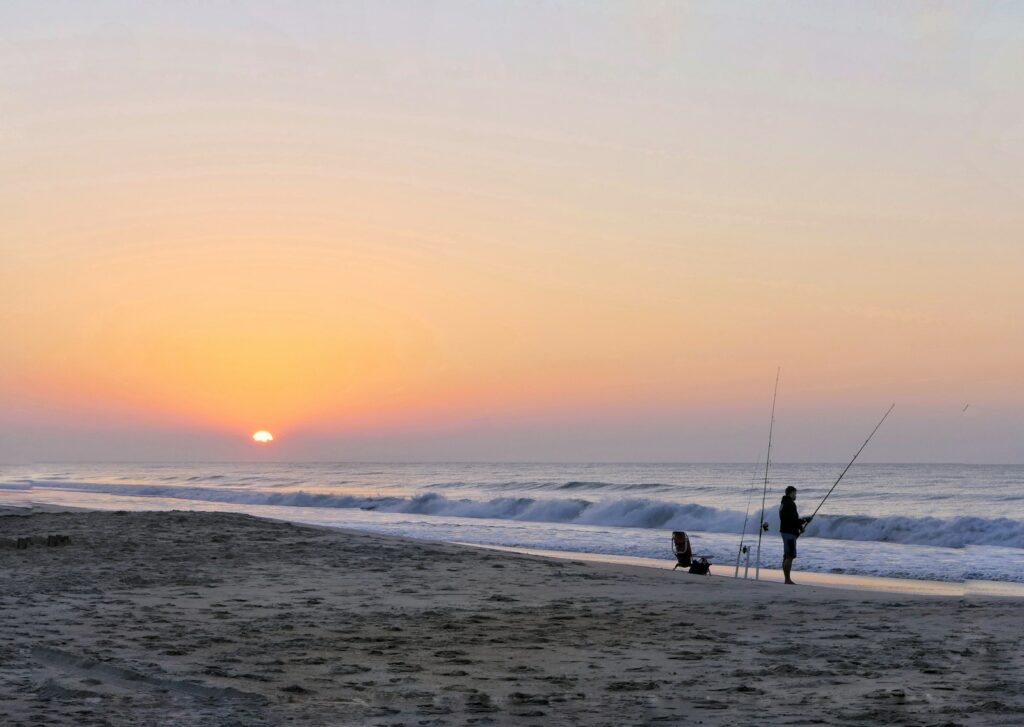
Tides are the regular rise and fall of Earth’s waters, caused primarily by the gravitational interaction between the Earth, Moon, and Sun. Most coastal areas experience two high tides and two low tides within a 24-hour period, though some locations may have just one of each. The difference in water height between high and low tide is called the tidal range, which varies depending on geographic location and the positions of the Moon and Sun relative to Earth.
During full and new moons, when the Sun and Moon align, their gravitational forces combine to create stronger “spring tides” with higher highs and lower lows—these periods often trigger increased fish activity and can be prime times for pier fishing.
How Tidal Cycles Affect Fish Behavior
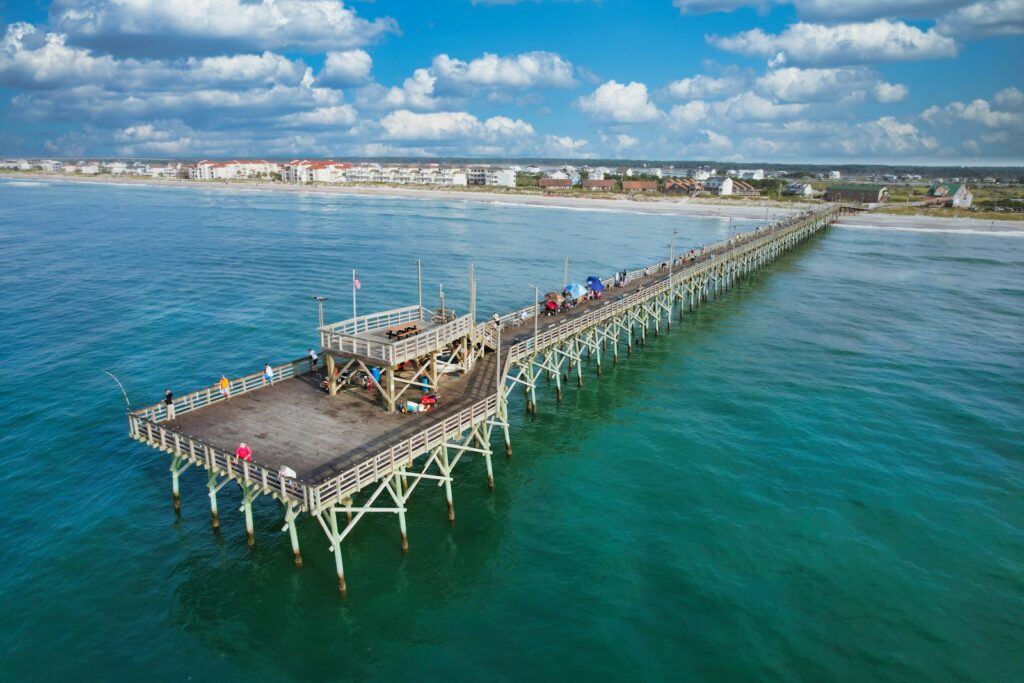
Fish have evolved to synchronize their activities with tidal movements, making tide understanding crucial for fishing success. During rising tides (flood tides), fish typically move toward shore to feed in newly accessible areas, often bringing them within casting range of piers. Falling tides (ebb tides) tend to flush baitfish and other food sources out of marshes and estuaries, creating feeding opportunities for predatory fish that may position themselves along channels or structures to ambush prey.
The periods around high and low slack tides—when water movement temporarily pauses before changing direction—can produce either excellent or poor fishing depending on the species and location. Many experienced pier anglers find that the first and last hours of tidal movement often provide the most productive fishing as this water movement triggers feeding activity.
Deciphering Tide Tables and Charts
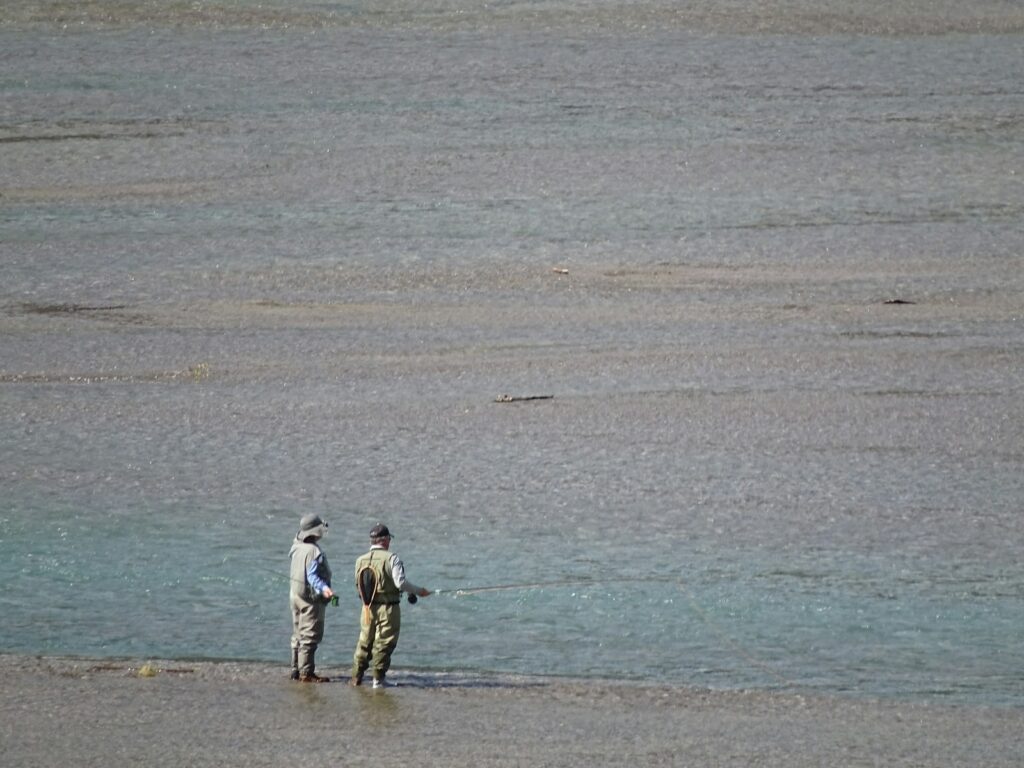
Tide tables and charts are essential tools for the strategic pier angler, providing critical information about when high and low tides will occur. These resources typically list the times and heights of high and low tides for specific locations, allowing you to plan your fishing trip around optimal tidal conditions. Many fishing apps, websites, and local newspapers publish tide tables, or you can obtain them from government agencies like NOAA.
When reading a tide chart, pay attention to both the timing and the height measurements—extremely high or low tides (often during spring tides) can significantly impact fishing conditions. It’s also important to note that tide times can vary significantly even between relatively close locations, so always consult tide information specific to your fishing pier or the nearest reference station.
Understanding Current Patterns Around Piers
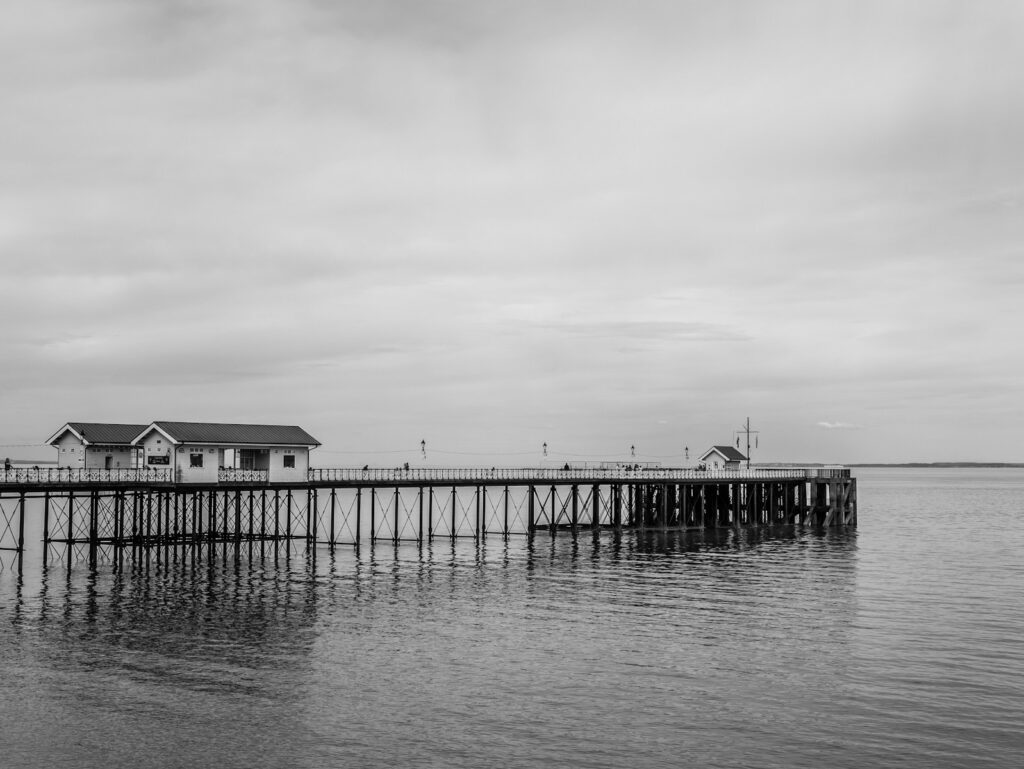
Currents around piers can be complex, resulting from a combination of tidal movements, wind, and the pier’s structure. The pier pilings interrupt water flow, creating eddies, back currents, and calm spots that fish use for resting or ambushing prey. Strong tidal currents flowing past pier pilings often create scour holes—deeper depressions in the seafloor that concentrate baitfish and attract predators. On the downcurrent side of pilings, fish often hold in the calmer water to conserve energy while remaining close to the current to grab food as it passes by.
Understanding the microenvironments around the pier structure enables you to target your casts to the most productive zones, particularly during periods of stronger current when fish are more likely to position themselves strategically.
The Relationship Between Tides and Water Temperature
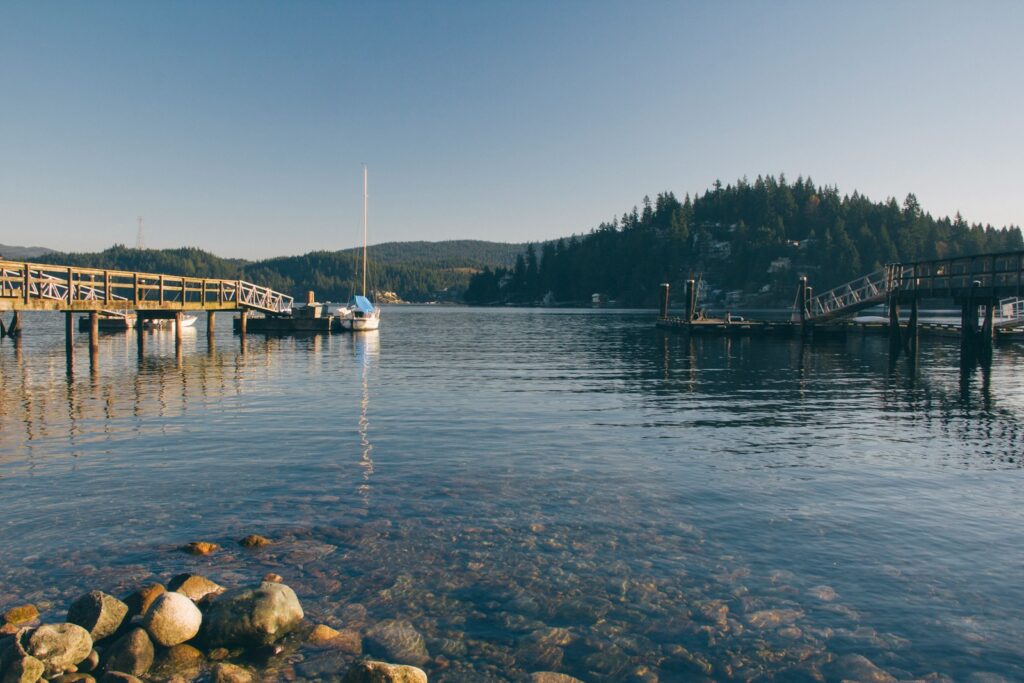
Tides significantly influence water temperature around piers, which directly affects fish activity and location. Incoming tides, especially in summer, often bring cooler offshore water that can provide relief to heat-stressed fish and trigger feeding frenzies. Conversely, outgoing tides in warm weather can pull warmer water from sun-heated flats and shorelines, sometimes raising temperatures around the pier.
During cold seasons, the opposite may occur, with incoming tides bringing warmer offshore water that increases fish activity. The temperature fluctuations explain why fishing success can change dramatically throughout the tidal cycle, even within the same day.
Savvy pier anglers often carry thermometers to track these changes and adjust their strategies accordingly, focusing their efforts during periods when temperature shifts are likely to trigger feeding behavior.
Identifying Prime Fishing Times During Tidal Movements
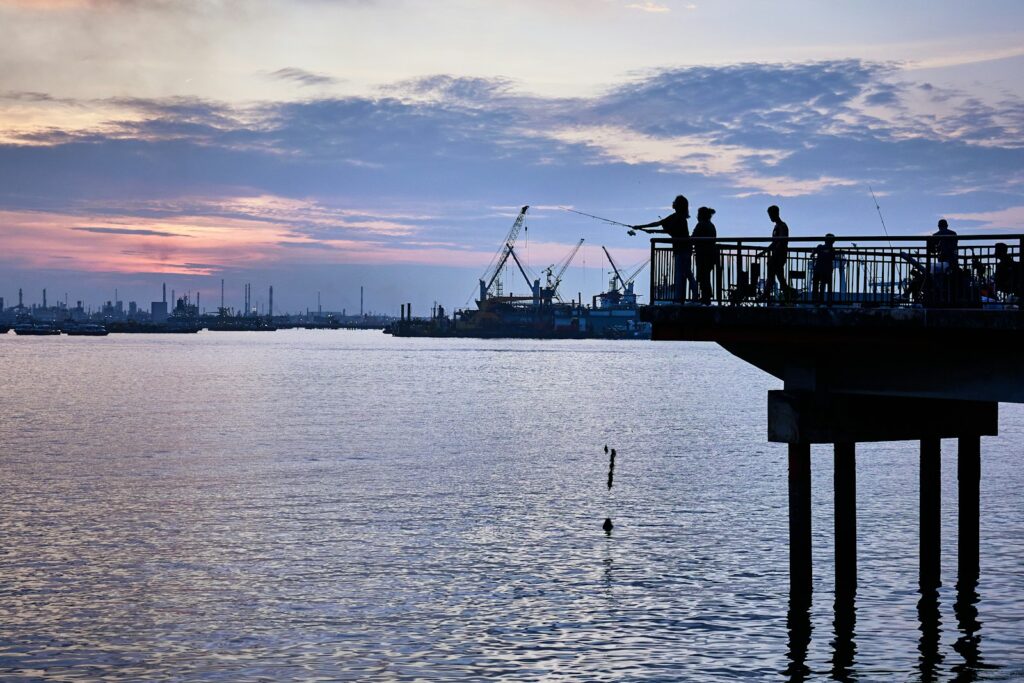
While fish can be caught at any point in the tidal cycle, certain periods consistently outperform others for pier fishing success.
The first two hours of an incoming tide often prove especially productive as fish move toward shore to access new feeding grounds, bringing them within casting range. Similarly, the first two hours of an outgoing tide can be excellent for baitfish, as they are pulled away from shoreline protection and predators position themselves to capitalize on this vulnerable prey. Many experienced anglers also favor fishing during “tide changes”—the transitional periods when tides switch from incoming to outgoing or vice versa—as these changes in water movement often trigger feeding activity.
The ideal timing varies by species and location, so keeping a fishing log that tracks your catches against tidal stages can help you identify patterns specific to your pier.
Selecting the Right Tackle for Different Tidal Conditions
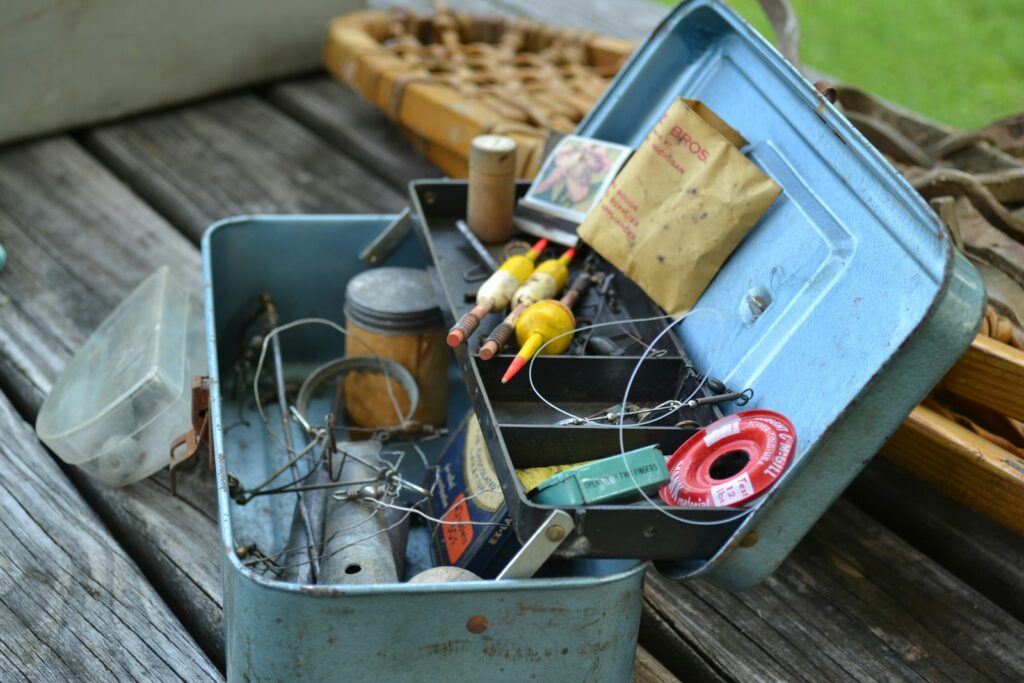
Adapting your tackle to tidal conditions can dramatically improve your pier fishing results. During stronger currents, you’ll need heavier weights to keep your bait in the strike zone—pyramid sinkers typically provide good holding power against current, while bank sinkers work well in moderate flow.
Fluorocarbon leaders become more important during clear-water incoming tides when fish tend to be more cautious and line-shy. For outgoing tides that often carry debris, consider using slightly more robust terminal tackle and checking your bait more frequently.
Rod selection matters too—longer rods give you better casting distance during low tides when fish may be holding further from the pier, while shorter, more powerful rods offer better control when fighting fish in strong currents.
Having a versatile selection of weights allows you to adjust to changing current strengths throughout your fishing session.
Adjusting Bait Presentation for Tidal Flow
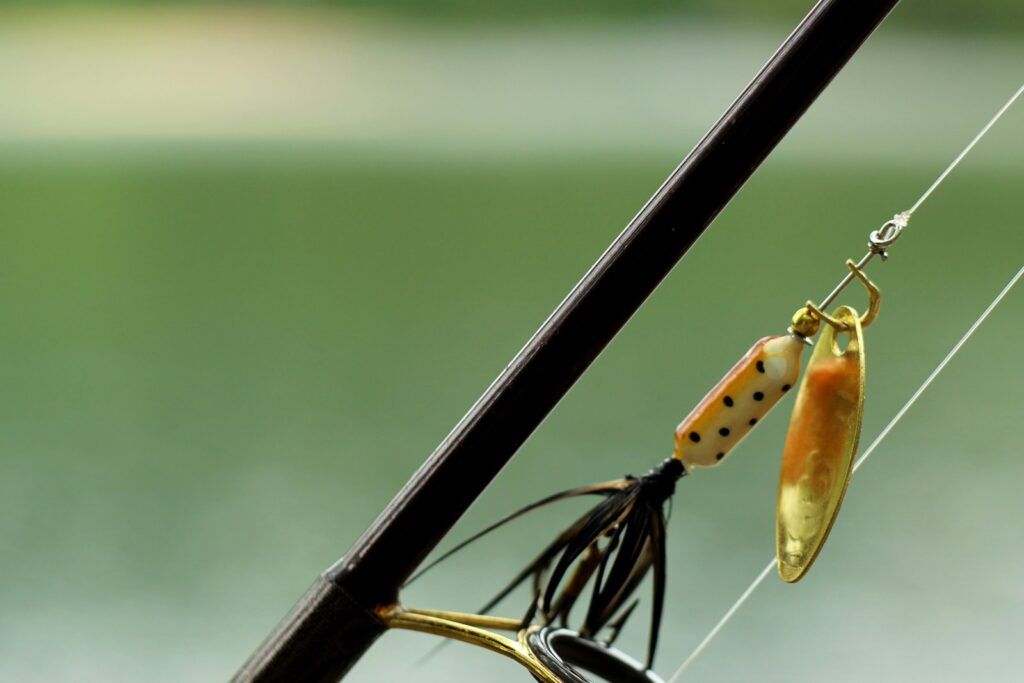
How you present your bait should change with tidal conditions to maximize its natural appearance and visibility to fish. In strong currents, use enough weight to maintain contact with the bottom while still allowing your bait to move naturally with the flow. Consider the “bounce and hold” technique where your sinker occasionally bounces along the bottom in the current—this mimics natural prey movement and can trigger strikes.
During slack tides when there’s minimal water movement, lighter weights and more active retrieves may be necessary to impart action to your bait. For species that feed by sight, incoming tides often bring clearer water, making visual appeal important—consider more colorful or reflective baits during these periods. During outgoing tides that frequently carry sediment and reduce visibility, baits with strong scent dispersal characteristics may outperform visually oriented options.
Reading Water Surface Indicators
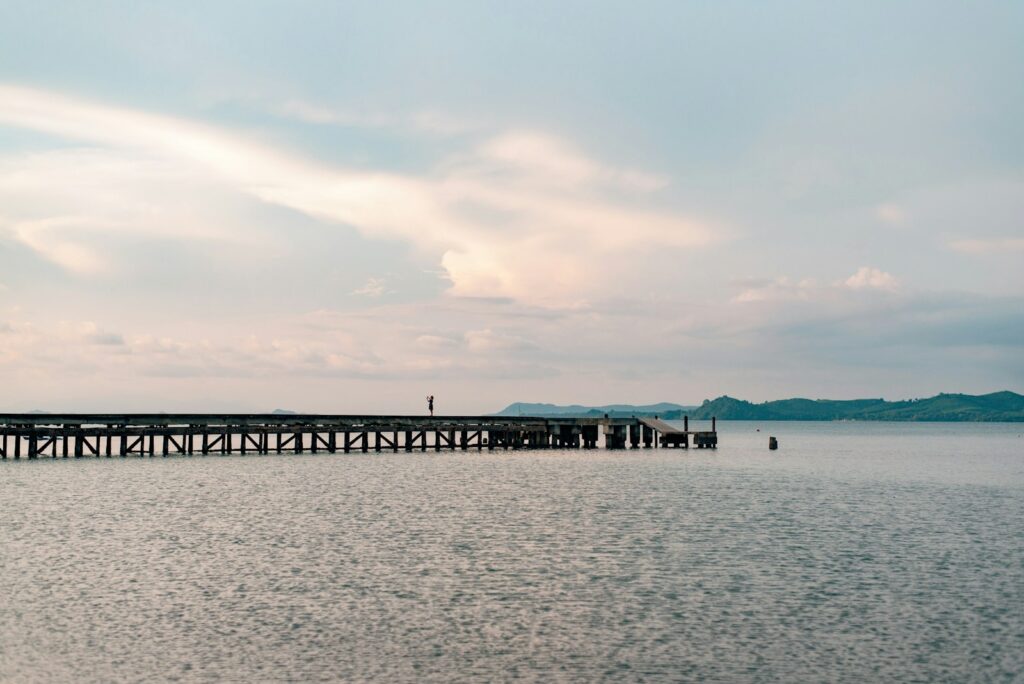
The water’s surface around a pier offers valuable clues about underwater currents and potential fishing hotspots. Look for “tide lines” where different water masses meet, often visible as subtle changes in water color or small ripples—these convergence zones concentrate baitfish and attract predators.
Circular eddies forming around pier pilings indicate the strength and direction of the current; stronger eddies often signal stronger feeding activity. Slick, calm areas behind structures (relative to the current) frequently hold fish conserving energy while waiting to ambush passing prey.
Surface disturbances like diving birds, baitfish jumping, or subtle “nervous water” caused by predators corralling bait beneath the surface are reliable indicators of feeding activity regardless of the tidal stage. Developing the habit of scanning the water’s surface before casting can dramatically increase your chances of placing your bait where fish are actively feeding.
Tide-Specific Species Targeting Strategies
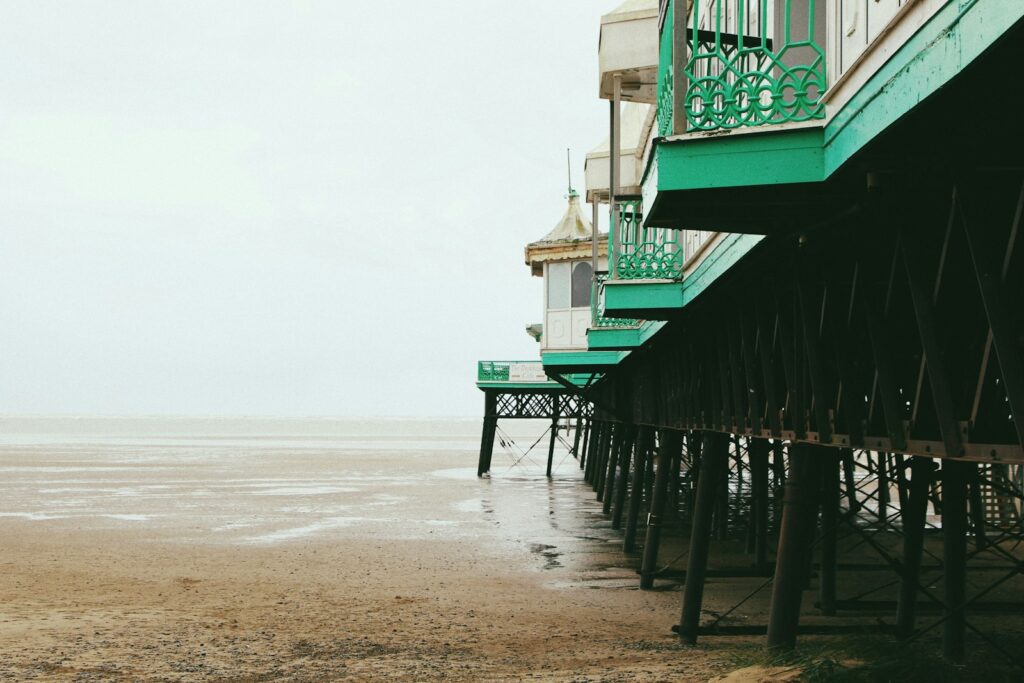
Different fish species have distinct preferences for tidal conditions, allowing you to target specific catches based on tide timing.
Bottom-dwelling species like flounder often become more active during the stronger currents of incoming tides as food particles get stirred up from the seafloor. Predatory fish like bluefish and striped bass frequently feed most aggressively during outgoing tides when baitfish get pulled away from protective structure. Sheepshead typically feed better during high tide periods when they can access barnacles and crustaceans growing higher on pier pilings. Species like pompano often prefer the cleaner water of incoming tides and tend to feed in the turbulent wash around pier pilings.
By understanding these species-specific preferences, you can adjust your target species throughout the day based on the current tidal phase, maximizing your chances for a successful outing regardless of when you’re able to fish.
Seasonal Variations in Tidal Influence
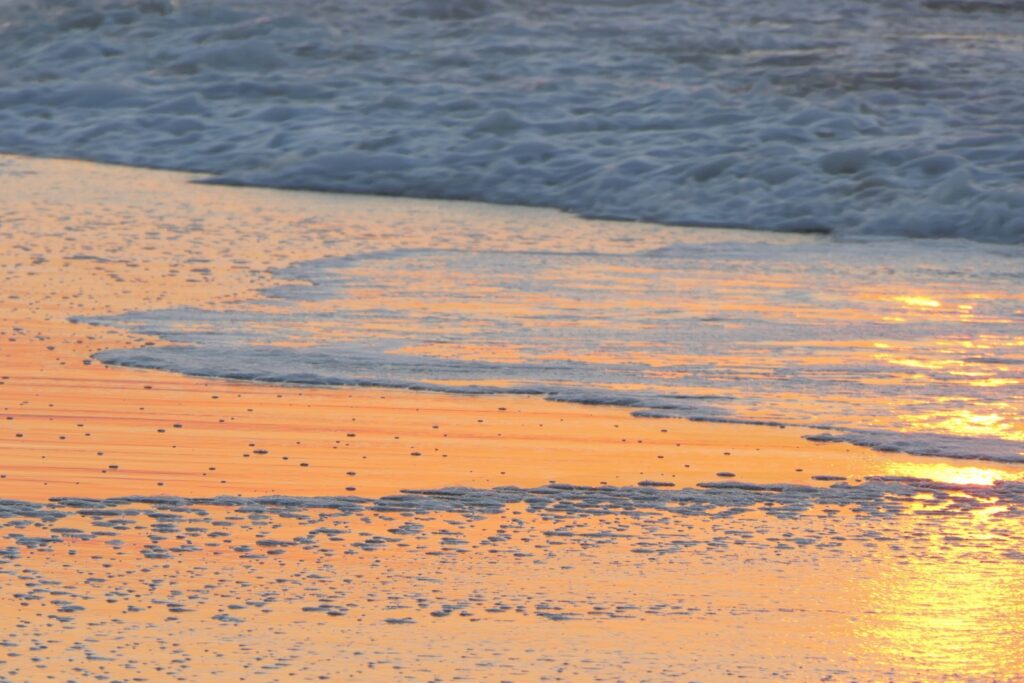
The impact of tides on pier fishing success varies significantly with seasonal changes, requiring adjustments to your approach throughout the year.
Spring often brings more dramatic tidal influences as water temperatures begin warming and fish become more active after winter dormancy—during this season, the first warming incoming tides can trigger excellent fishing.
Summer typically features more consistent fishing across tidal stages, though early morning incoming tides often bring cooler water that can concentrate fish around piers during hot periods.
Fall presents some of the most tide-dependent fishing as baitfish migrations coincide with tidal movements, creating feeding frenzies during stronger current flows.
Winter generally shows less tidal influence on feeding patterns with water temperature becoming the dominant factor—though during mild winter days, sunny afternoon high tides can warm shallow areas enough to trigger excellent fishing opportunities.
Using Technology to Track Tides and Currents

Modern technology provides pier anglers with unprecedented access to real-time tidal and current information, enhancing their fishing success.
Smartphone apps like Tides Near Me, Fishbrain, and Tide Charts provide accurate tide predictions and often include useful features like tide height graphs, moon phases, and location-specific forecasts. More advanced anglers may consider consulting NOAA’s Tidal Current Tables or using websites that provide current velocity predictions, which can aid in determining optimal fishing times when currents are neither too strong nor too weak.
Some fishing-specific smartwatches now include tide tracking features and can alert you to approaching tide changes while you’re already fishing. For those fishing unfamiliar piers, satellite imagery services combined with tide information can help identify likely channels, drop-offs, and structures that might hold fish during specific tidal stages.
Learning from Local Knowledge and Patterns
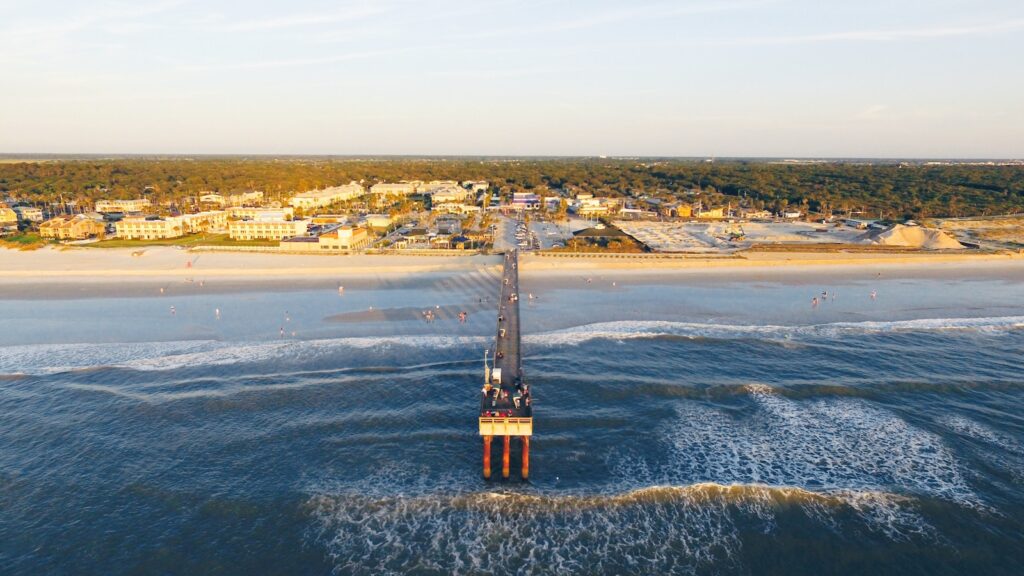
While understanding the science of tides and currents provides a solid foundation, local knowledge often makes the critical difference in pier fishing success. Every pier has unique characteristics that influence how tides affect fishing—variables like underwater structure, bottom composition, and nearby geographic features can create location-specific patterns.
Engaging with local bait shops, pier regulars, and fishing forums can provide invaluable insights about how tides specifically impact your chosen fishing spot. Keeping a detailed fishing log that records tide stage, weather conditions, and catch results allows you to develop your own body of location-specific knowledge over time. Many experienced pier anglers can tell you precisely which piling produces best on an incoming tide or which end of the pier excels during specific tidal stages—this hyper-local knowledge typically comes from years of observation and pattern recognition that no general guide can provide.
Conclusion
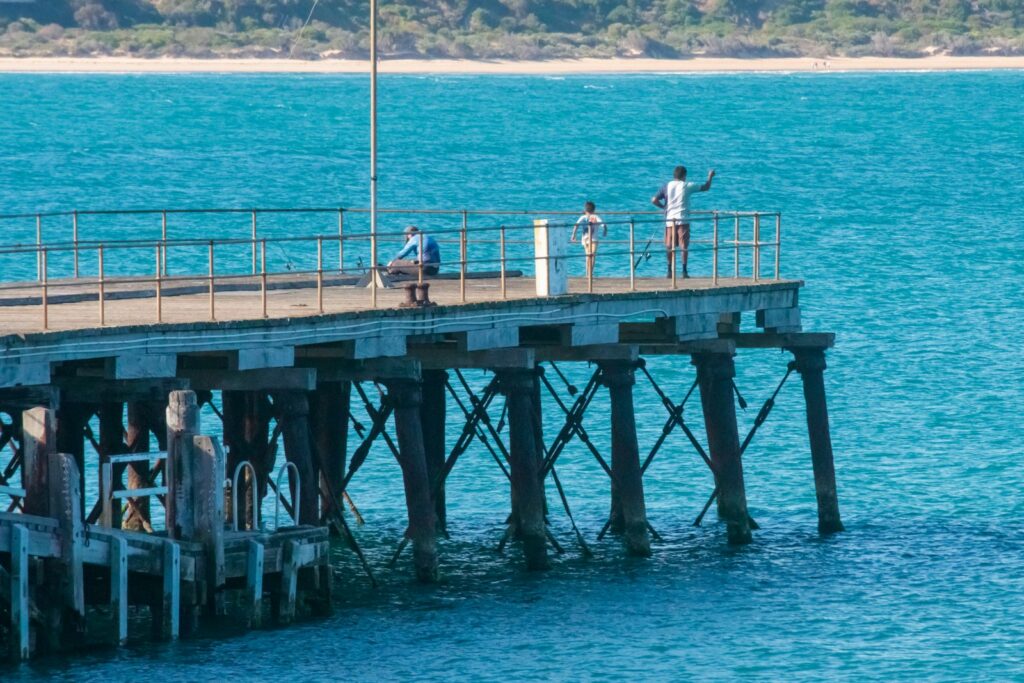
Mastering the relationship between tides, currents, and fish behavior transforms pier fishing from a game of chance into a strategic pursuit. By understanding how these natural forces influence when and where fish feed, you can position yourself for success regardless of when you have time to wet a line. Remember that reading tides and currents is both a science and an art—while the principles remain consistent, their application varies by location, season, and target species. The most successful pier anglers combine technical knowledge with keen observation and experience-based intuition.
As you apply these concepts during your next pier fishing adventure, you’ll likely notice patterns emerging that will guide your future trips. With practice, you’ll develop an almost instinctive sense of when and where to cast based on the water’s rhythmic movements—arguably the most valuable skill any pier angler can possess.

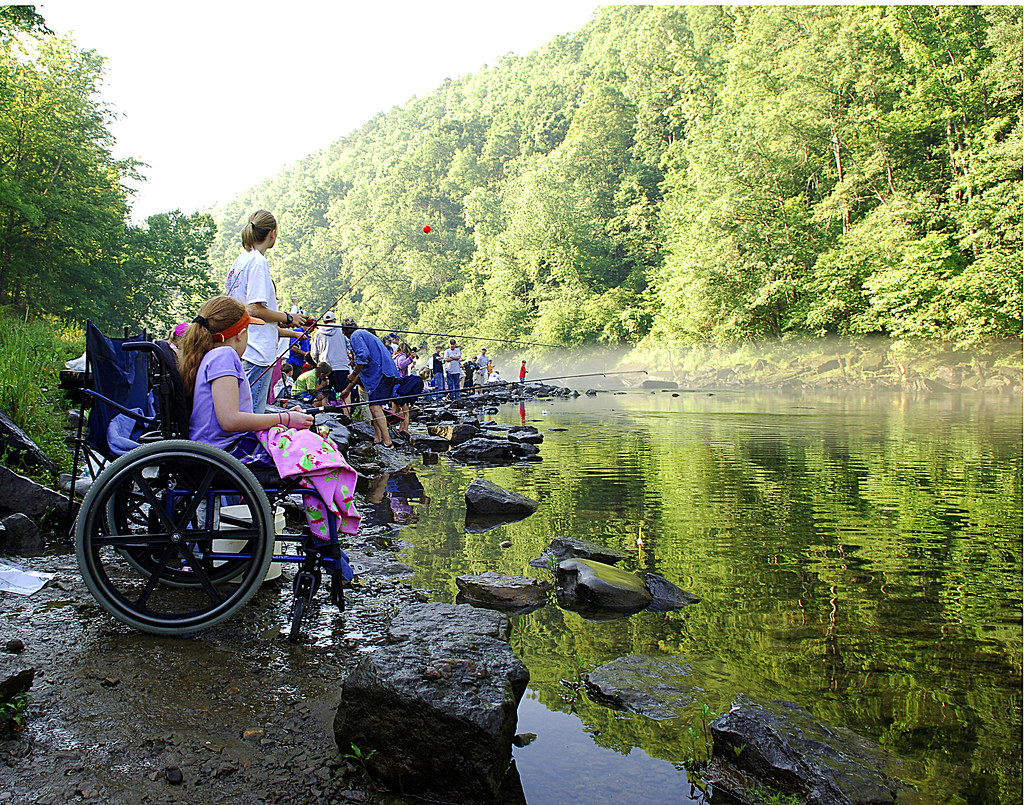
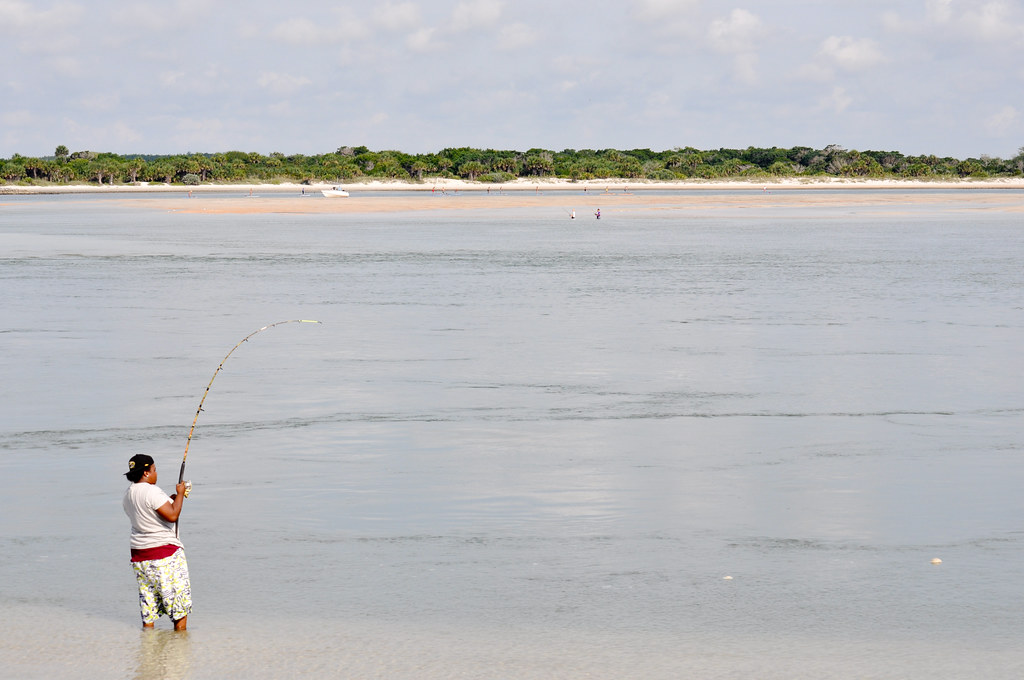











Post Comment